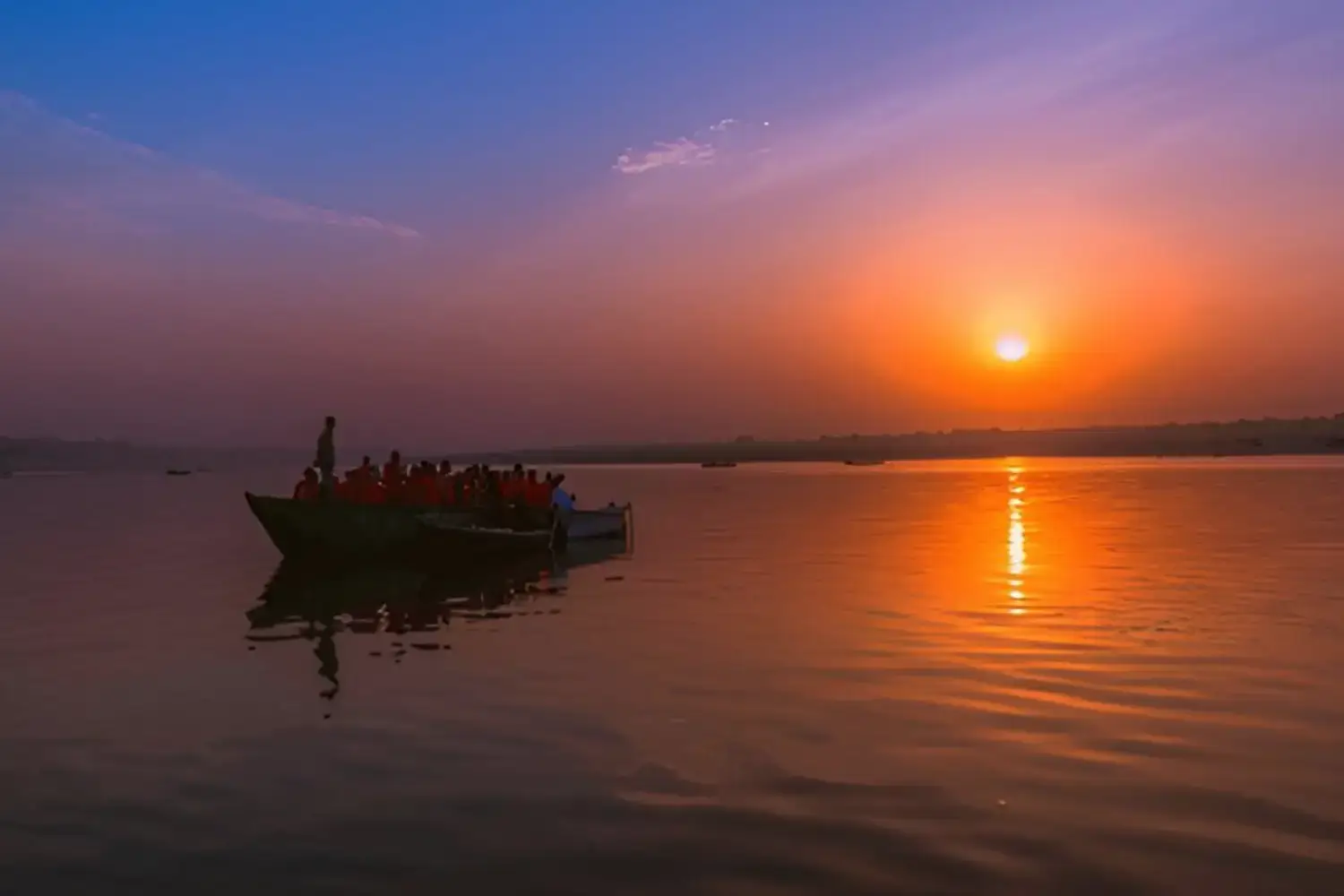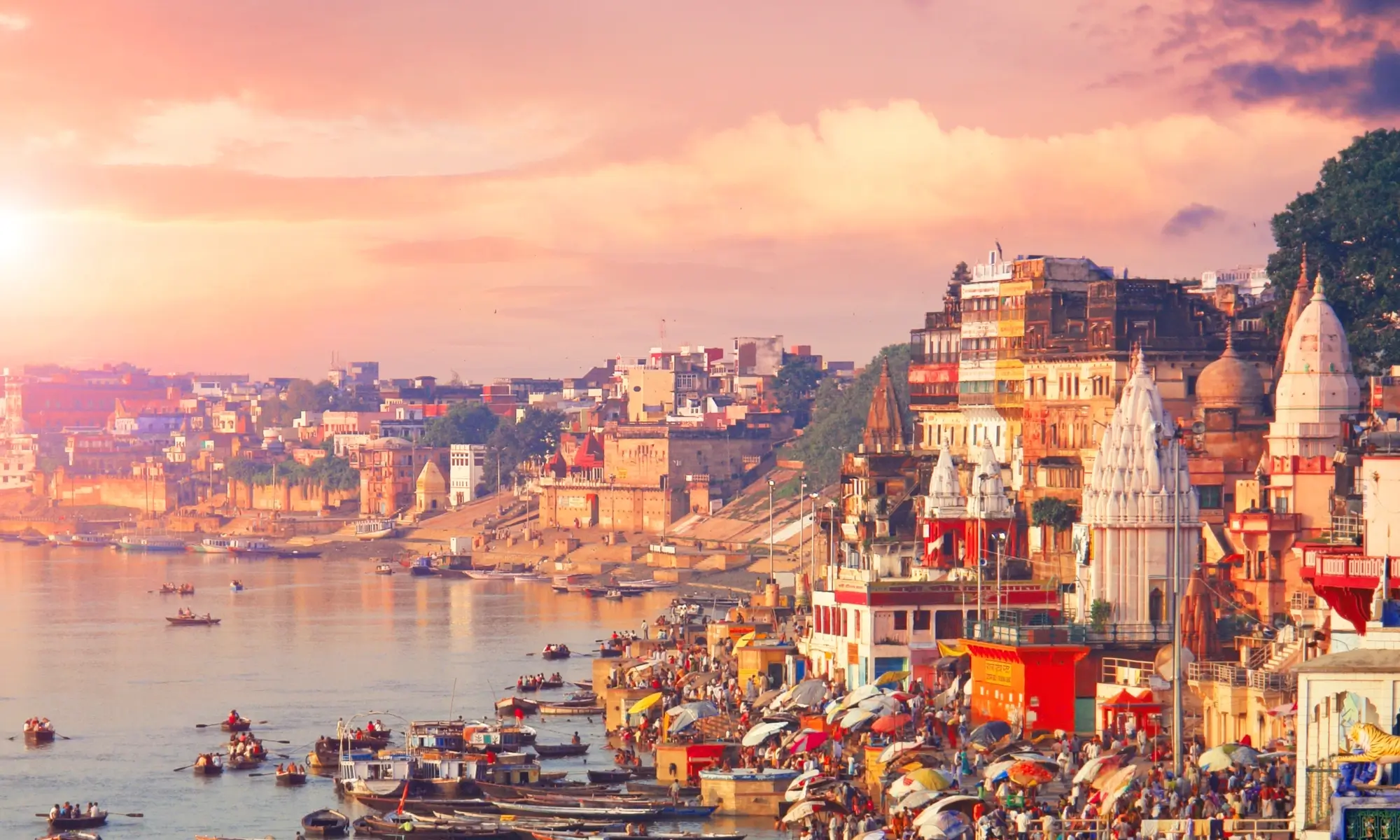Uttar Pradesh is a land of timeless heritage, spiritual sanctity, and breathtaking landscapes. From architectural wonders and sacred temples to wildlife sanctuaries and historic forts, the state offers an unforgettable journey through India's rich past and vibrant culture.
- Taj Mahal, Agra
- Kashi Vishwanath Temple, Varanasi
- Ram Janmabhoomi, Ayodhya
- Bara Imambara, Lucknow
- Fatehpur Sikri, Agra
- Dudhwa National Park, Lakhimpur Kheri
- Jhansi Fort, Jhansi
- Prayagraj’s Triveni Sangam
- Etawah Safari Park, Etawah
- Rumi Darwaza, Lucknow
Taj Mahal, Agra
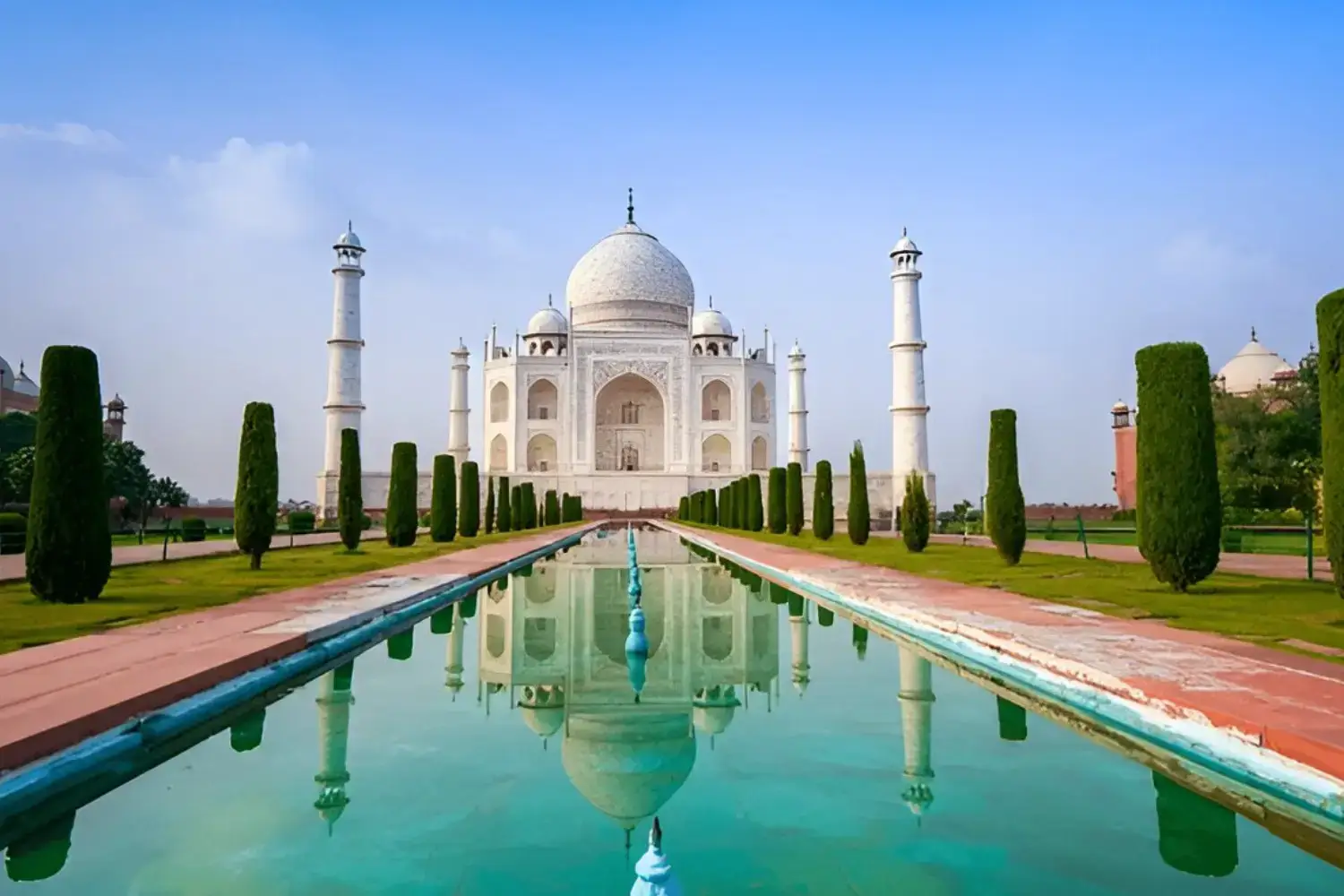
A UNESCO World Heritage Site, the Taj Mahal is an architectural marvel standing 73 meters (240 feet) tall. Built by Mughal Emperor, Shah Jahan in memory of his wife Mumtaz Mahal, it is known for its perfect symmetry, intricate marble inlay work, and changing hues at different times of the day. The reflecting pool, lush gardens, and the four minarets surrounding the central dome add to its breathtaking beauty.
Kashi Vishwanath Temple, Varanasi
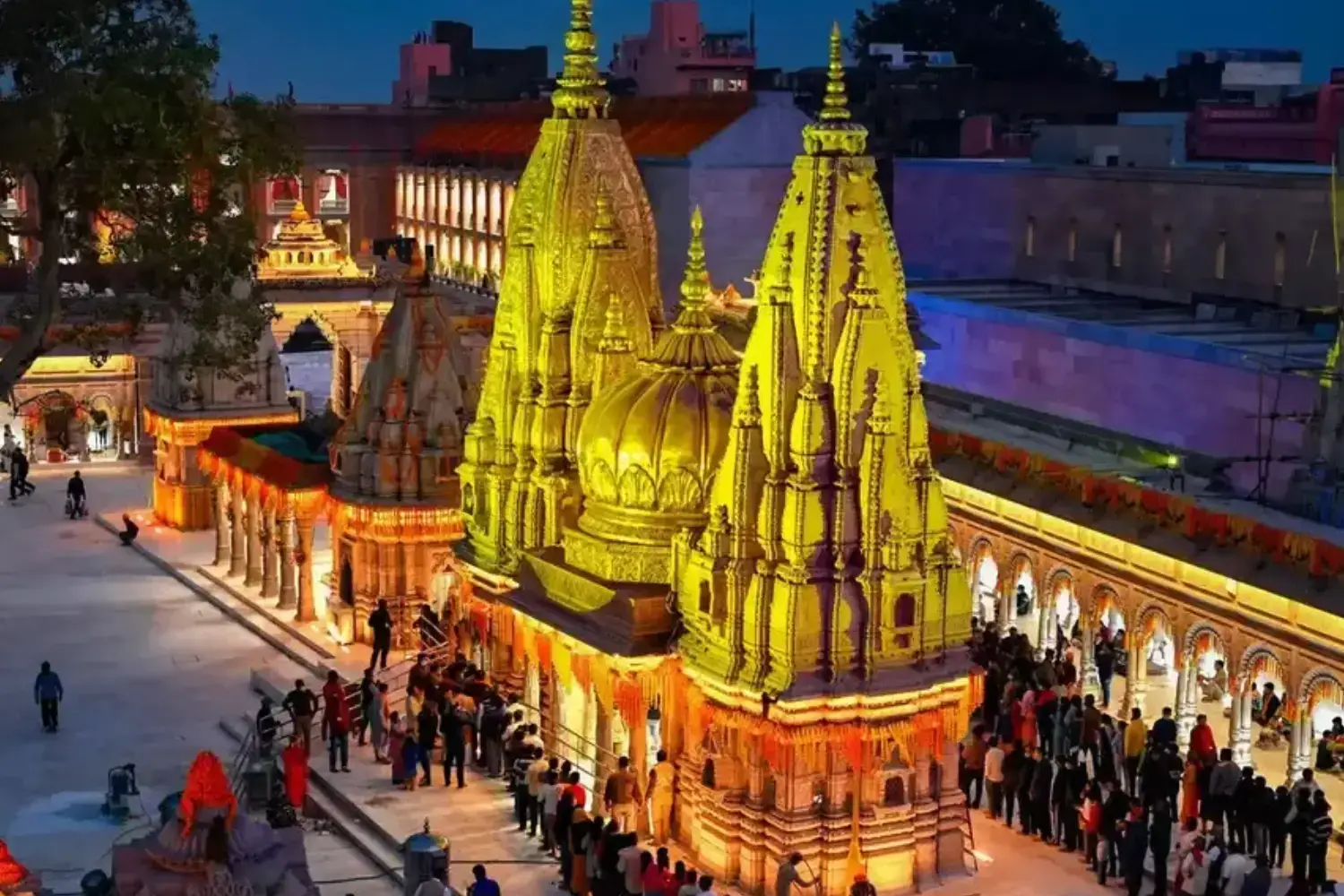
One of the most revered Hindu temples, the Kashi Vishwanath Temple is dedicated to Lord Shiva and features a gold-plated dome, Located near Dashashwamedh Ghat. It is a major spiritual center, especially during the Ganga Aarti, where thousands witness the mesmerizing ritual of fire-lit lamps. The Kashi Vishwanath Corridor, a 5.5-acre redevelopment, has enhanced accessibility, directly connecting the temple to the Ganga River with wider pathways, a ghat, and a museum, ensuring a seamless pilgrimage experience while preserving its heritage.
Ram Janmabhoomi, Ayodhya
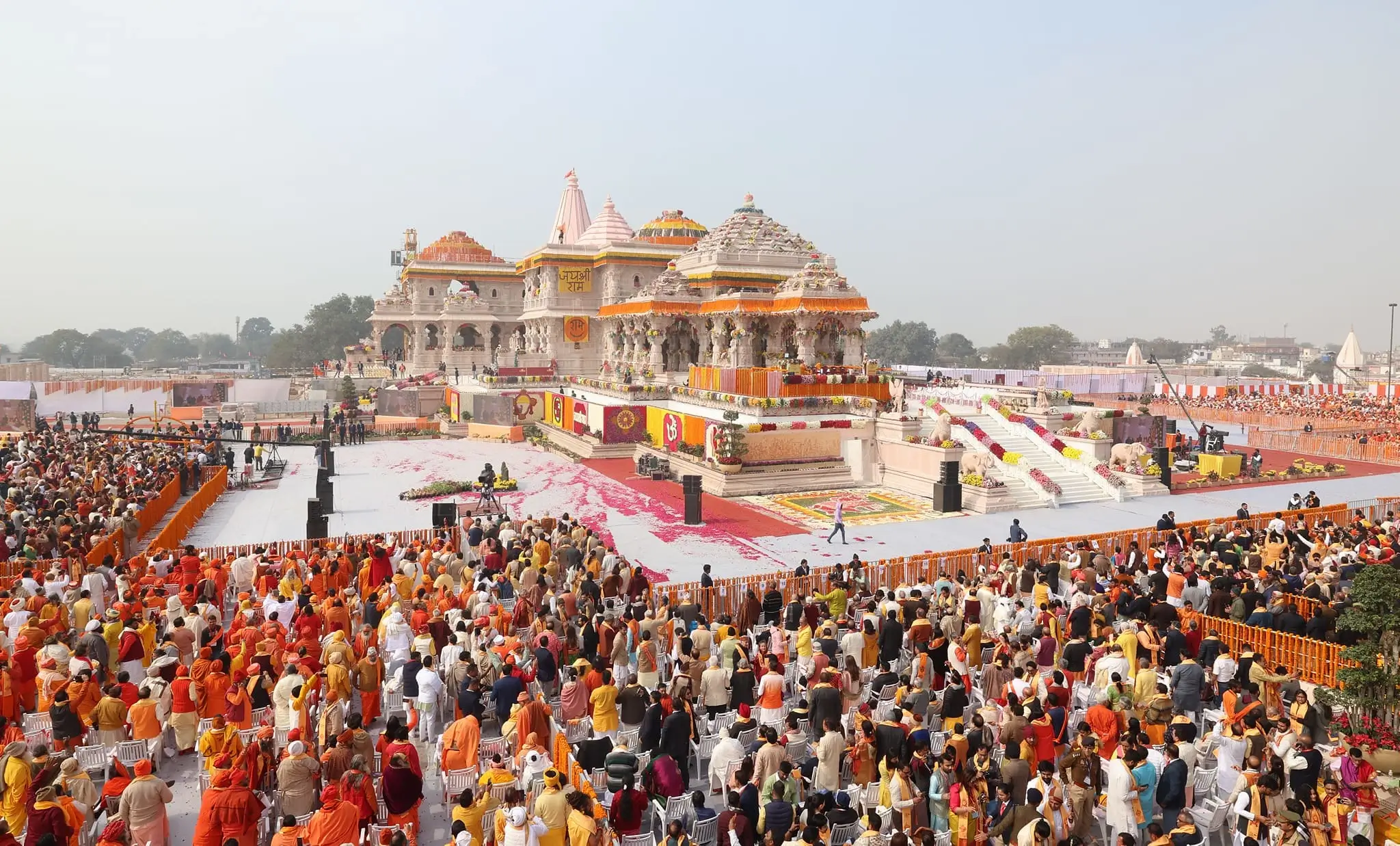
Believed to be the birthplace of Lord Rama, the Ram Janmabhoomi Temple is a sacred Hindu pilgrimage site. The newly constructed grand temple features intricate carvings, towering spires, and expansive courtyards, making it a spiritual and architectural marvel. The city of Ayodhya, with its ancient ghats and temples, offers a deeply immersive experience in Hindu mythology and devotion.
Bara Imambara, Lucknow
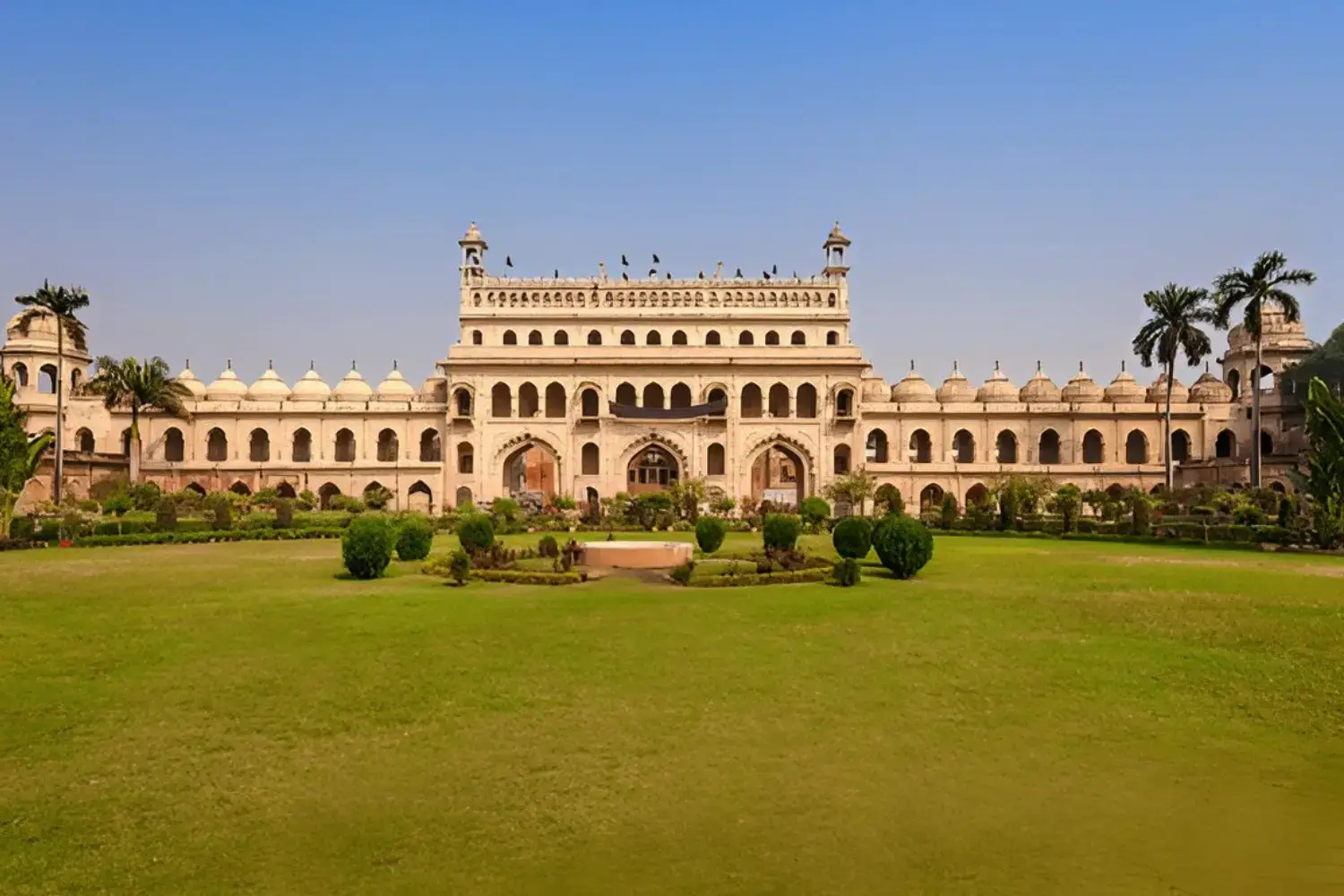
A historical marvel, the Bara Imambara is renowned for its Bhul Bhulaiya maze, one of India’s largest labyrinths, with over 1,000 interconnected passages. The central hall, standing without supporting beams, is an architectural wonder. The Asafi Mosque and the Shahi Baoli (stepwell) within the complex add to its grandeur, making it a must-visit attraction in Lucknow.
Fatehpur Sikri, Agra
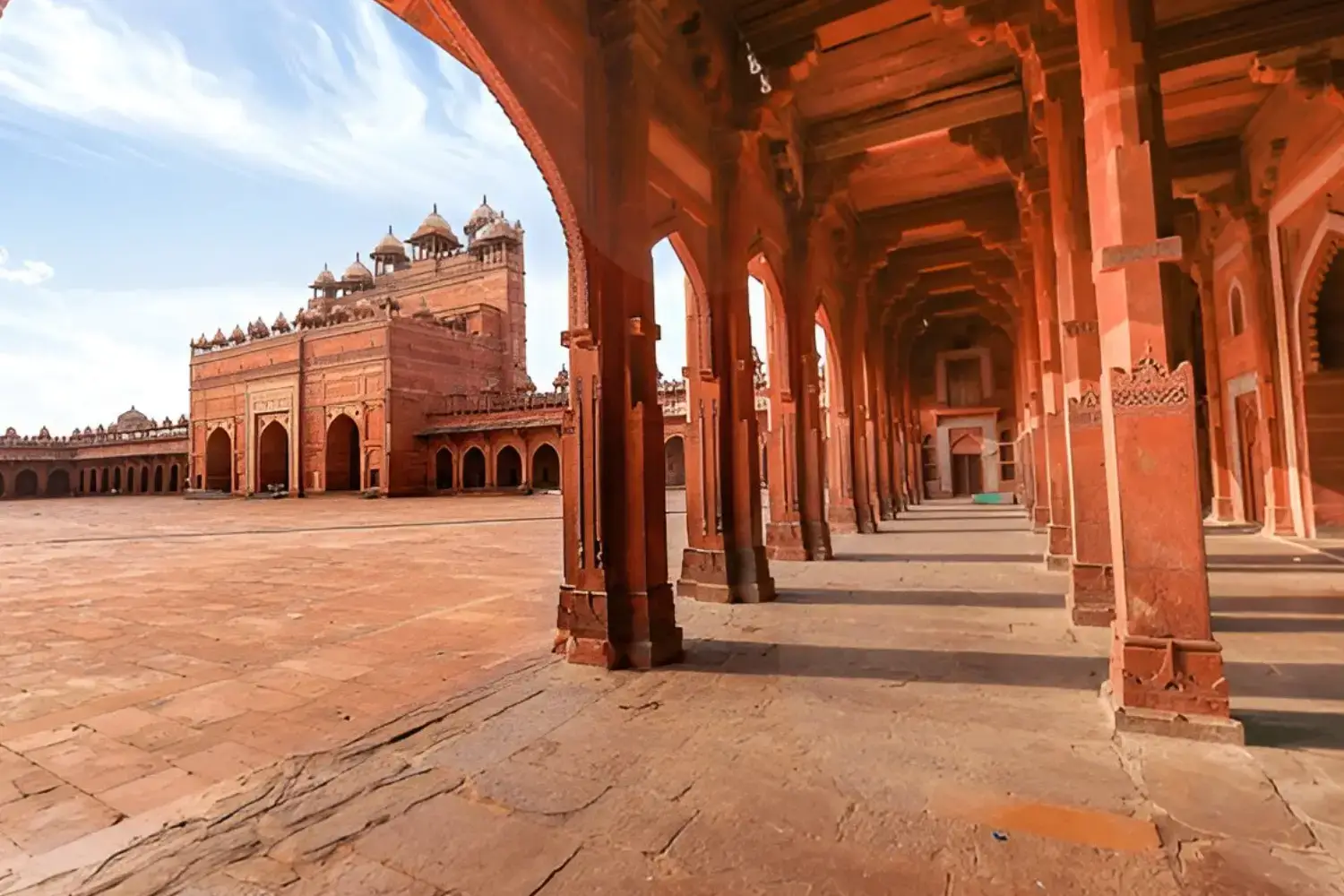
A UNESCO World Heritage Site, Fatehpur Sikri was the capital of the Mughal Empire during Akbar’s reign. It boasts the Buland Darwaza, India’s largest gateway at 54 meters (177 feet) high, along with Jama Masjid and royal palaces showcasing stunning Mughal craftsmanship. The Diwan-i-Khas, with its intricately carved central pillar, and the Tomb of Salim Chishti, known for its white marble beauty, are highlights of this historic city.
Dudhwa National Park, Lakhimpur Kheri

One of the best places for wildlife tourism, Dudhwa National Park offers jeep safaris through dense forests, home to Bengal tigers, one-horned rhinos, swamp deer, and a variety of exotic bird species. The park’s grasslands, wetlands, and dense sal forests provide a thriving ecosystem for wildlife enthusiasts and nature lovers.
Jhansi Fort, Jhansi
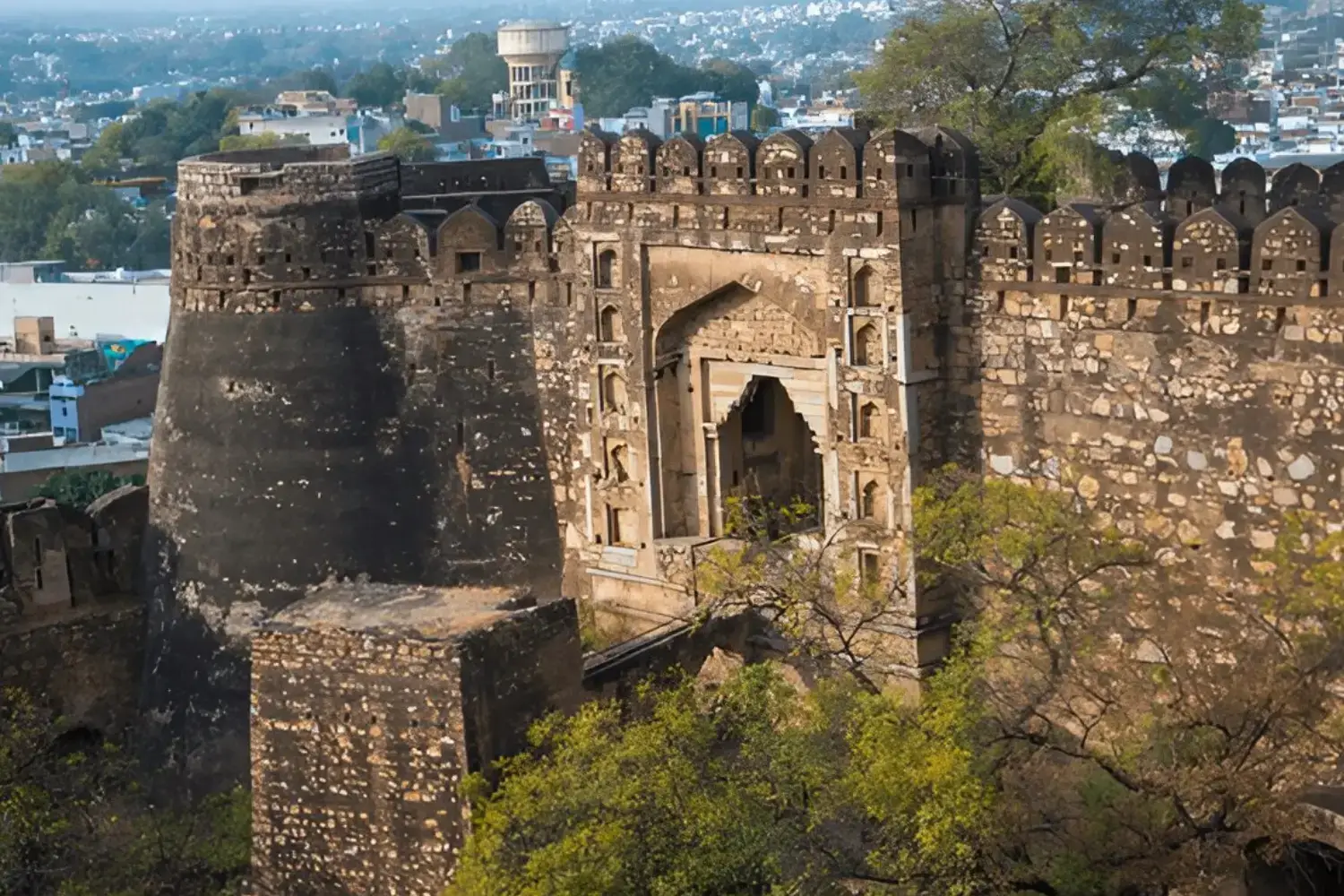
A symbol of India’s resistance, Jhansi Fort was the battleground where Rani Lakshmibai made her last stand against British forces. Its hidden tunnels, battle-scarred walls, and strategic watchtowers preserve the legacy of one of India's bravest warriors. The Rani Mahal, a palace with stunning murals and intricate architecture, adds to the city’s historical charm.
Triveni Sangam, Prayagraj
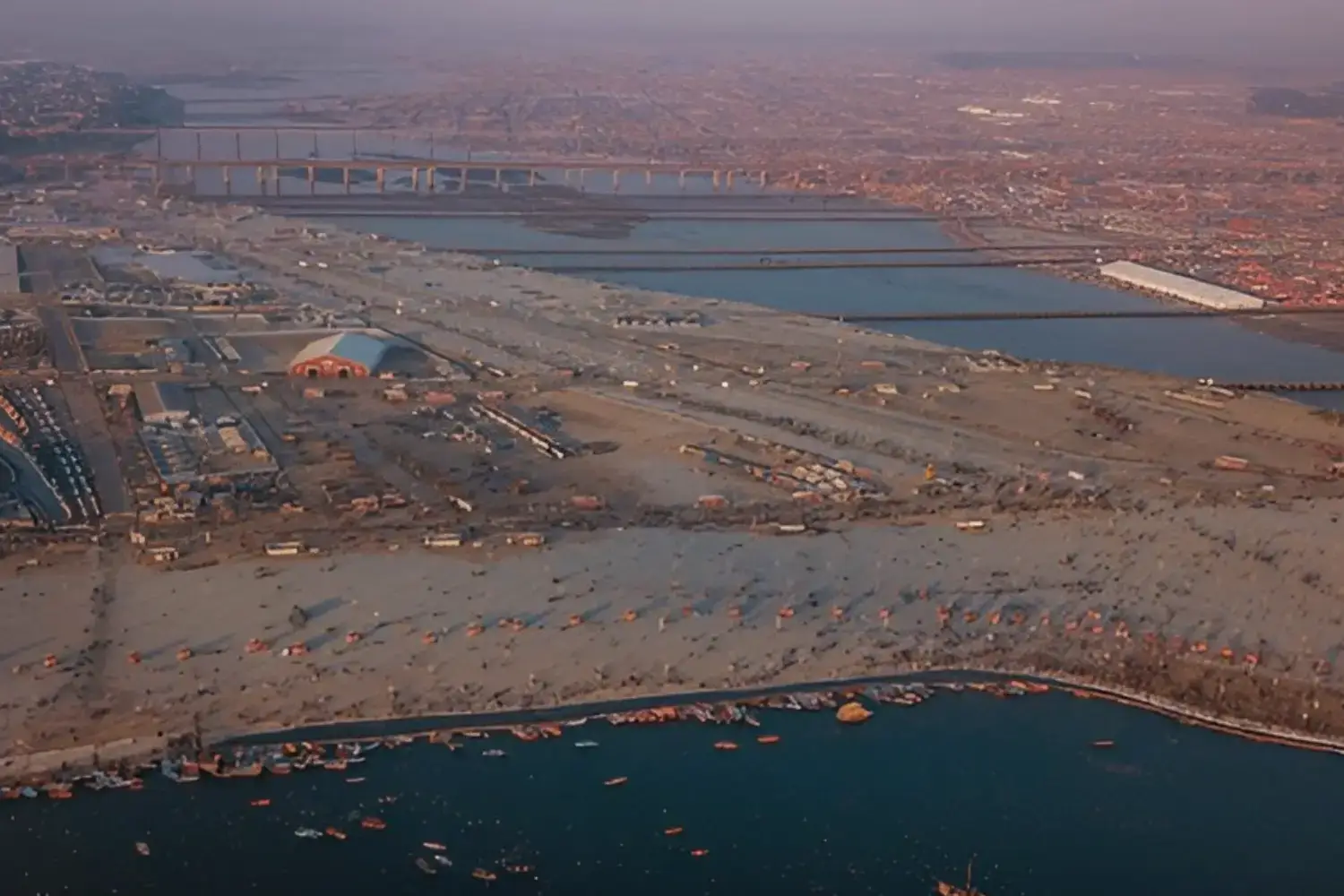
The confluence of the Ganga, Yamuna, and Sarasvati Rivers is believed to cleanse sins and grant spiritual liberation. It is also the site of the Kumbh Mela, the world’s largest religious gathering, held every 12 years and attracting millions of devotees. The Allahabad Fort, built by Emperor Akbar, houses the mysterious Akshayavat tree, believed to be indestructible.
Rumi Darwaza, Lucknow
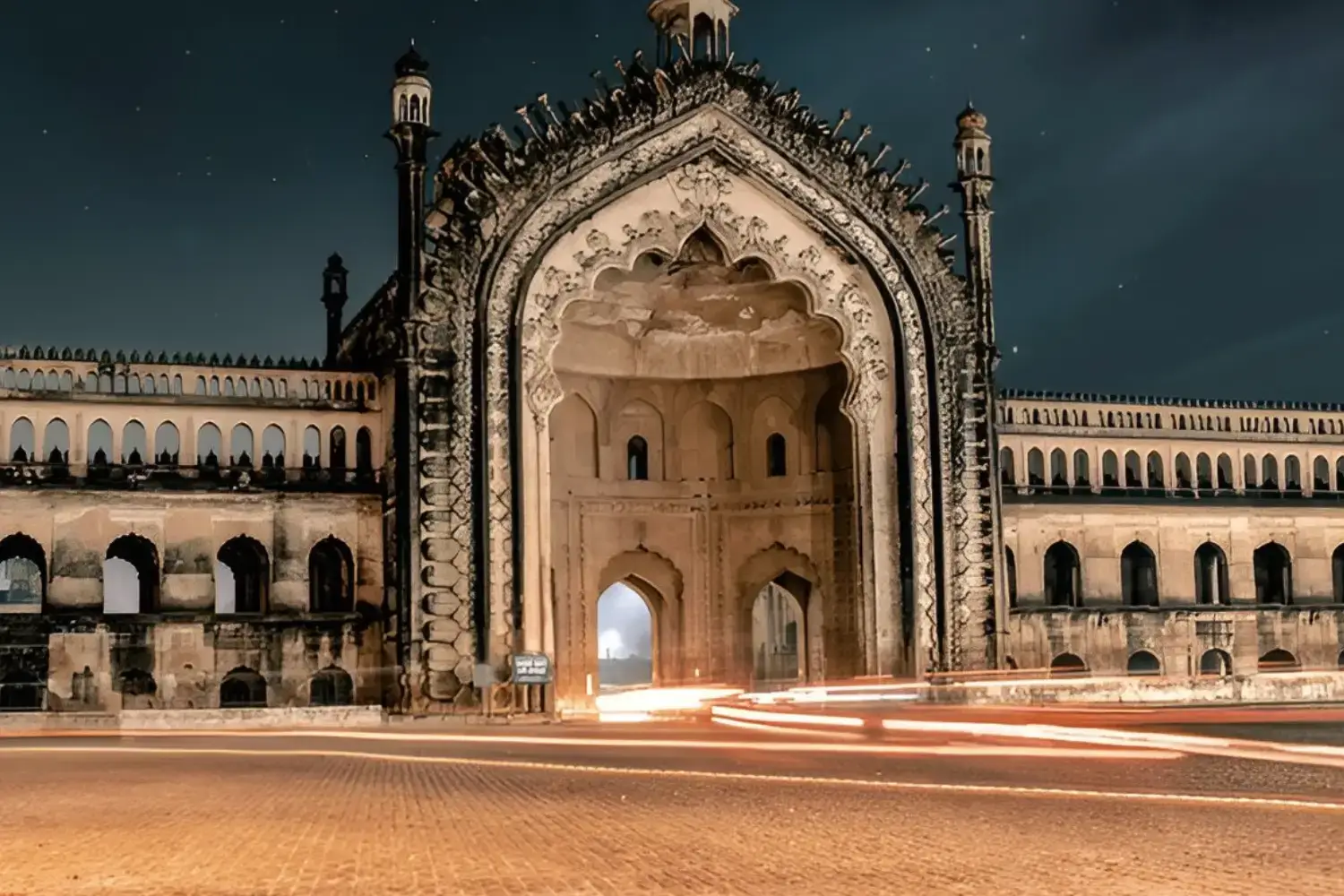
A majestic 60-foot gateway, the Rumi Darwaza is an architectural masterpiece that reflects Awadhi craftsmanship. Built in the 18th century by Nawab Asaf-ud-Daula, it stands as a symbol of Lucknow’s royal heritage, offering a glimpse into the grandeur of the past. The intricate floral carvings and arched structure make it a stunning landmark in the city.
